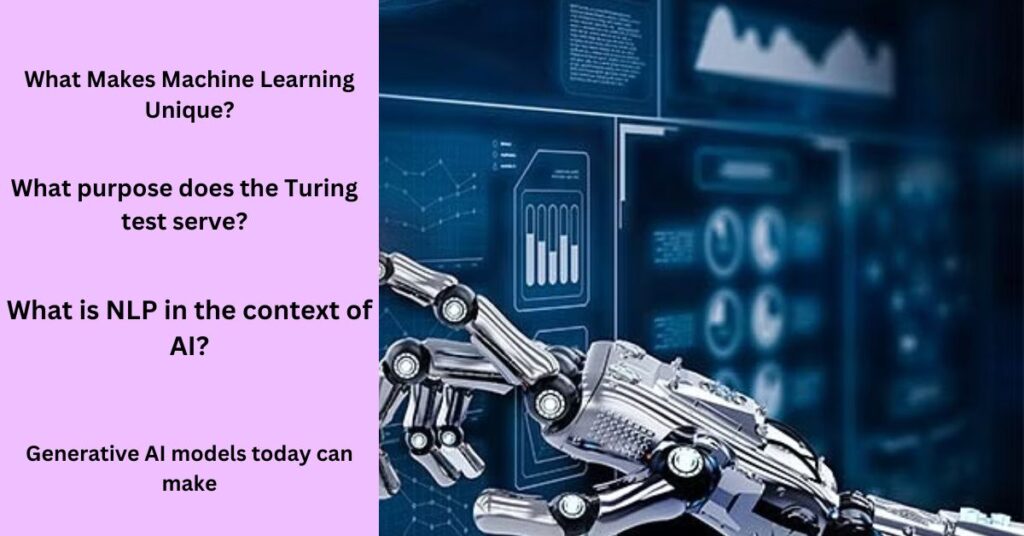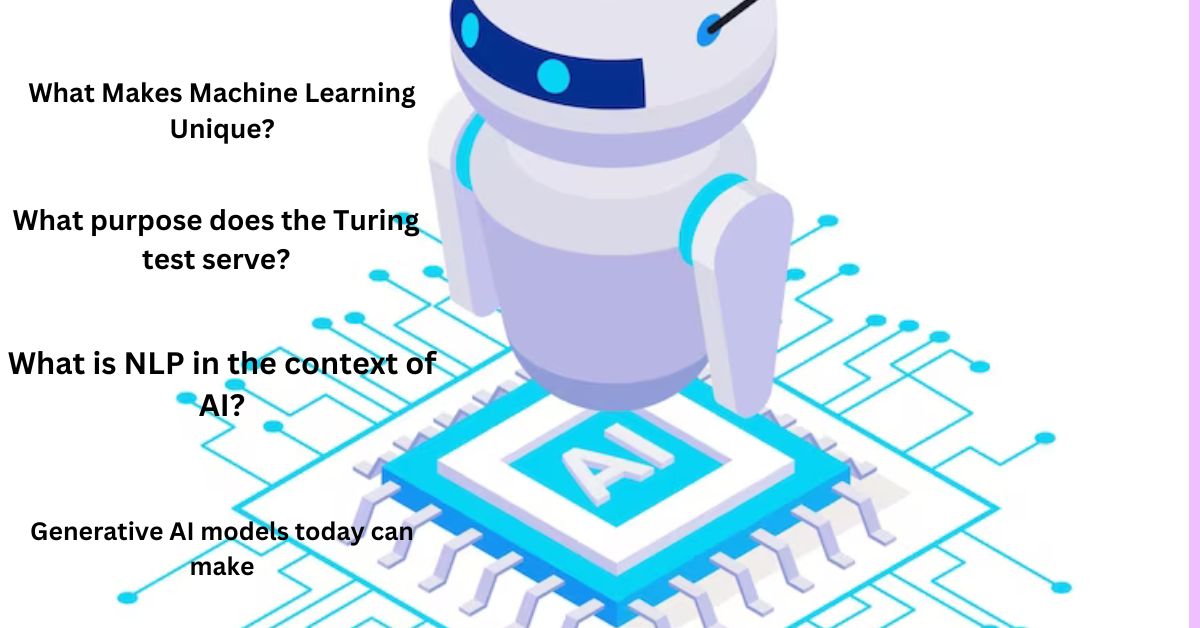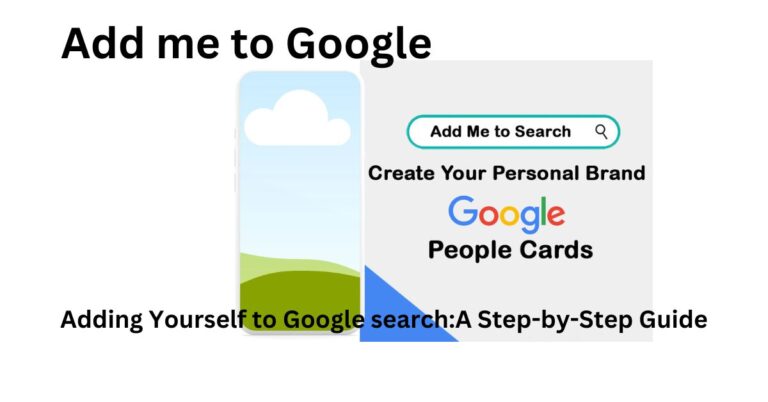What Makes Machine Learning Unique?
Introduction
Today we are discuss about What Makes Machine Learning Unique? In today’s fast technology world, the artificial intelligence (AI) continues to captivate our imagination, with one of its groundbreaking subsets being machine learning.
Understanding what sets machine learning apart unveils its distinctive capabilities and applications in various fields, from predicting consumer behavior to diagnosing complex diseases.
The Essence of Machine Learning
Machine learning, a paradigm within AI, enables software applications to refine their predictive accuracy without explicit programming.
Unlike traditional programming, where every rule is predefined by a programmer, machine learning relies on data to autonomously discern patterns and rules.
This autonomous learning mechanism fundamentally sets it apart from conventional programming techniques.
Versatility in Problem-Solving

An intriguing facet of machine learning is its unparalleled versatility in addressing multifaceted problems. It transcends the boundaries of industry sectors, being adept at predicting consumer behavior, identifying fraudulent activities, and assisting medical professionals in diagnosing intricate diseases.
Its adaptive nature renders it an indispensable tool in today’s data-driven world.
What purpose does the Turing test serve?
The Turing test, introduced by the visionary Alan Turing in 1950, serves as a litmus test for evaluating a machine’s capability to exhibit human-like intelligence.
By simulating conversations with both a human and a machine, the test aims to determine whether the machine’s responses can mimic human intellect seamlessly.
However, this test has faced criticism for its inherent biases and challenges in its fair evaluation.
Significance and Criticisms of the Turing Test
While some experts critique the Turing test for its anthropocentric bias, others highlight the intricacies involved in administering and fairly evaluating it.
Despite these criticisms, the Turing test remains a pivotal milestone in the AI landscape, representing a crucial benchmark in the journey towards achieving human-like machine intelligence.
What is NLP in the context of AI?
Natural Language Processing (NLP) signifies a vital domain within computer science that focuses on facilitating seamless interaction between computers and human language.
NLP algorithms enable computers to comprehend and generate human language, including both textual and verbal forms, making it an indispensable tool in developing various AI-driven applications, such as chatbots and virtual assistants.
NLP’s Impact on Communication
NLP’s pivotal role lies in enhancing the natural and effective communication between humans and machines. It empowers AI systems to engage with users in a manner that’s both efficient and user-friendly.
From facilitating seamless language translation to analyzing sentiments, NLP significantly enriches the way we communicate and interact with technology.
Generative AI models today can make
The revolutionary developments in AI have given rise to generative AI models, capable of producing diverse content ranging from text and images to videos and 3D models.
These models represent a significant leap in technology, with the potential to transform various industries, including education, entertainment, and design.
Diverse Capabilities of Generative AI Models
Generative AI models showcase their prowess by creating an array of content, including emotionally evocative poems, lifelike images, realistic audio compositions, immersive videos, and intricate 3D models. ,
With the potential to mimic human creativity, these models are poised to redefine the way content is created and consumed, promising a future where AI seamlessly integrates with human ingenuity.
The Future of AI
As the world witnesses the rapid evolution of AI and its transformative impact, it’s an exhilarating era for individuals and industries invested in the field.
The capabilities of AI, particularly in the way of machine learning, NLP, and generative models, present an exciting opportunity to revolutionize how we perceive and interact with technology, on the way for a future that intertwines human ingenuity with the unparalleled potential of artificial intelligence.
Conclusion
In conclusion, the distinctive features of machine learning, the purpose of the Turing test, the significance of NLP, and the transformative potential of generative AI models collectively underscore the dynamic and evolving landscape of artificial intelligence.
With its ability to learn, communicate, and create, AI continues to redefine the boundaries of technological innovation, promising a future that amalgamates human intelligence with the unprecedented capabilities of machine learning.






